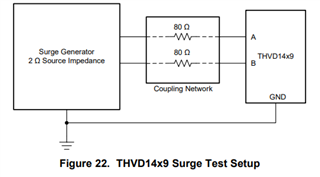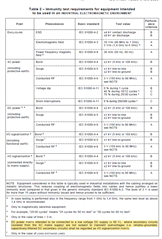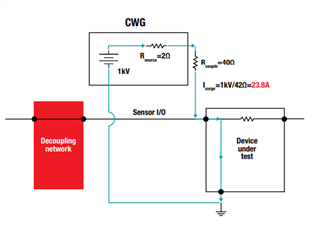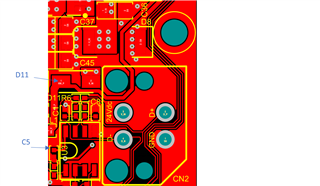Hi Team,
Our customer used THVD1429 on their board but during certification tests, the chip failed at 2kV surge test. The failure mode is short circuit of data+ data- to VCC and GND. I understand that the device can withstand up to 2.5kV surge voltage.
Here are additional information from the customer.
- The PCB is tested through a cable connected to CN2 (4meters). This cable routes VIN (5-32V, 24V nominal), DGND, Data+, Data -.
- The Surges tests at 1kV into VIN and DGND signals is OK.
- The Surges tests at 2kV into VIN and DGND signals is not OK as the THVD1429 chip is short-circuited internally through Data+ & Data- & 3V3 & DGND. (the rest of the PCB electronics are alive).
Here are the schematic diagram, PCB layout and some information about the surge test.

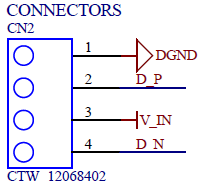
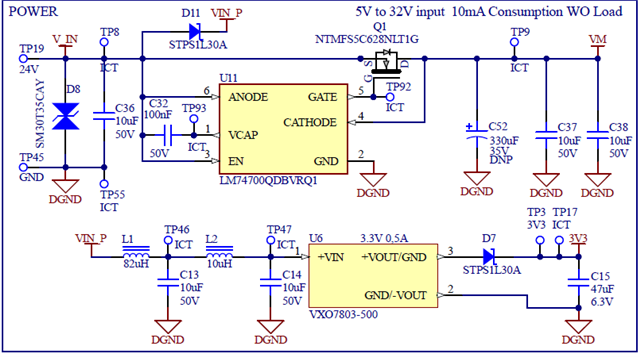
Top Layer
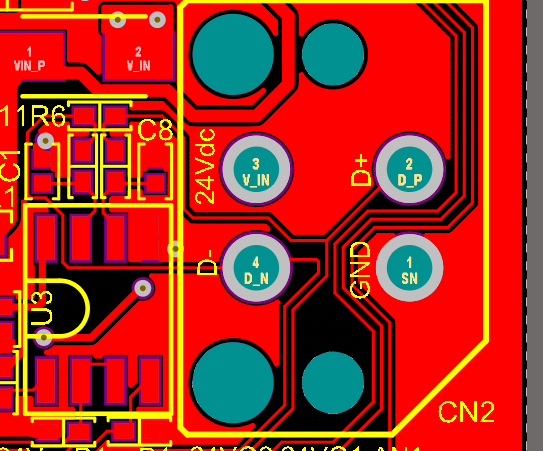
Bottom Layer
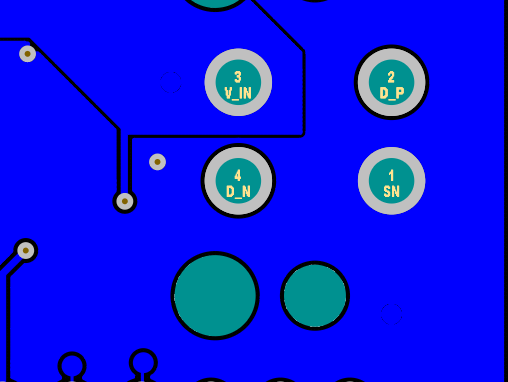
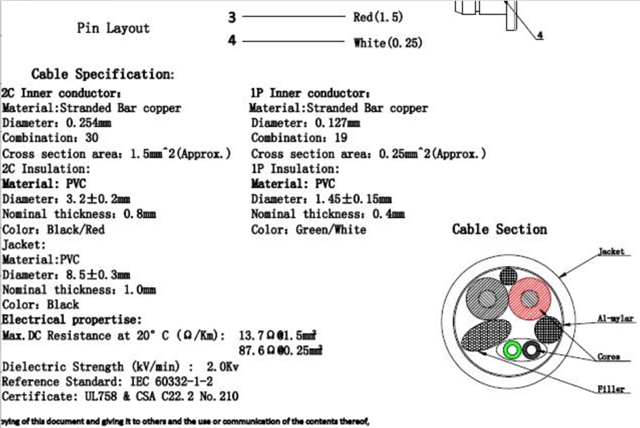
Can you please help us solve this issue?
Thank you for your support!
Regards,
Danilo


